Ngày 1 tháng 6 năm 2023 Clare Fitzgerald
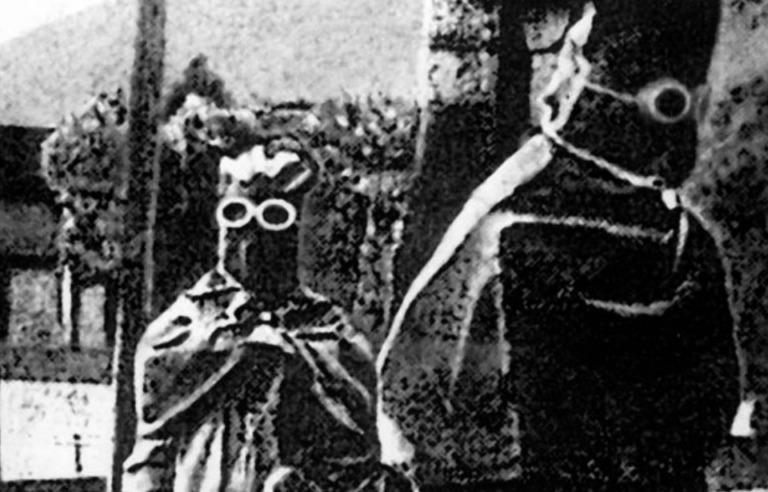
A team of archaeologists in China have unearthed a secret underground “horror bunker” operated by Japan’s infamous Unit 731 to conduct experiments on human test subjects during the Second World War. The facility, one of the largest and most-used, was in operation from 1941-45, and was the site of ghastly acts against innocent civilians and prisoners of war (POWs).
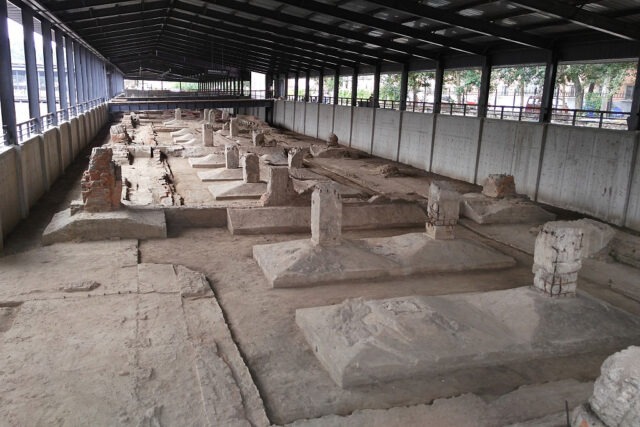
Similar bunkers were built during the Japanese occupation of Manchuria, beginning in 1931, with those working there destroying it toward the end of World War II. Its location had remained a mystery for decades, prompting a team of archaeologists in 2019 to begin a project to try and find it.
Using drilling, geophysical prospecting and excavations, they uncovered the underground facility near the city of Anda, in China‘s Heilongjiang province. It is 33 meters long and 21 meters wide, and while the team has yet to enter it or even discern its purpose, they have noted laboratories, wells, observation and dissection rooms, dining areas, bathhouses, barracks and holding cells.
While in operation, the facility also featured aboveground areas, including additional wells and barracks, a runway, warehouses and makeshift bombing targets. To protect the experiments happening within, a barbed wire fence was erected.
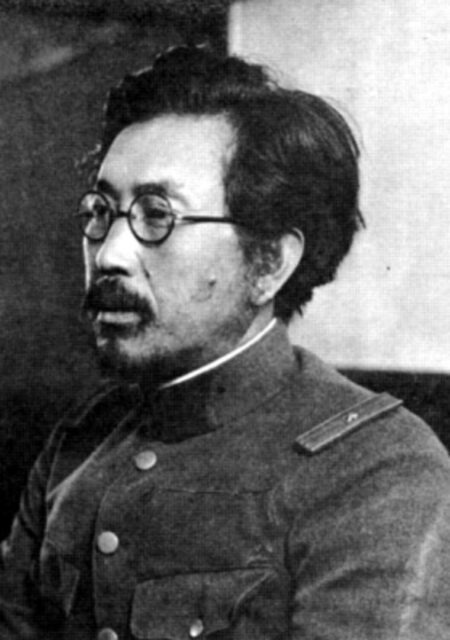
Unit 731 – officially known as the Epidemic Prevention and Water Purification Department of the Kwantung Army – began as a Japanese-run public health unit, under the command of combat medic and microbiologist, Gen. Shirō Ishii. However, as Japan continued its imperialistic ambitions, it quickly turned into a military chemical and biological testing unit.
While biological weapons were banned under the Geneva Protocol, Japan chose to continue with its research, viewing the ban as verification that such weapons were effective. They opted to begin their testing in Manchuria, as officials saw the Chinese as “no cost research subjects.”
Along with Chinese citizens, Unit 731 also performed tests on American, Korean and Russian prisoners of war, who were referred to as “logs” by their captors.
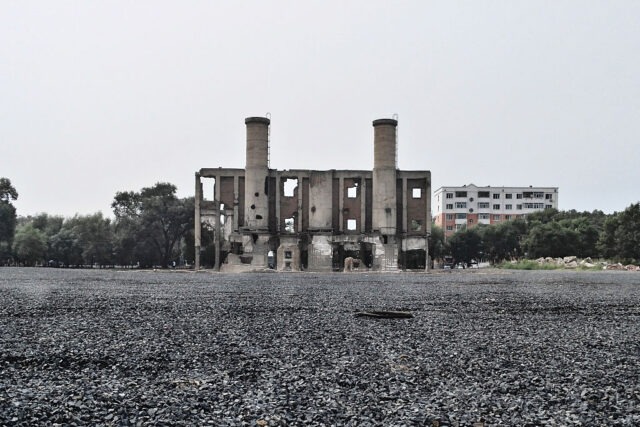
It’s estimated that up to 12,000 individuals – including women and children – lost their lives as a direct result of the experiments conducted at the Anda facility. While these included weapons tests with the likes of flamethrowers, chemical agents, grenades and bacterial bombs, they also centered around human physiology.
Trong số các thí nghiệm khủng khiếp được thực hiện trên nạn nhân có mổ xẻ, mổ sống mà không gây mê, cắt cụt, lấy nội tạng, tiêm máu động vật và chụp X-quang, khử nước, tê cóng, bị giữ trong buồng áp suất thấp và bị giết trong máy ly tâm quay.
Thử nghiệm của Đơn vị 731 đã dẫn đến các ứng dụng trong thế giới thực. Bọ chét nhiễm bệnh dịch hạch đã được thả xuống Trung Quốc thông qua máy bay bay thấp, gây ra những đợt bùng phát chết người khiến hàng trăm nghìn người thiệt mạng. Các dịch bệnh khác, chẳng hạn như bệnh thương hàn và phó thương hàn, là do đặt vi trùng vào đầm lầy, giếng nước và thức ăn.
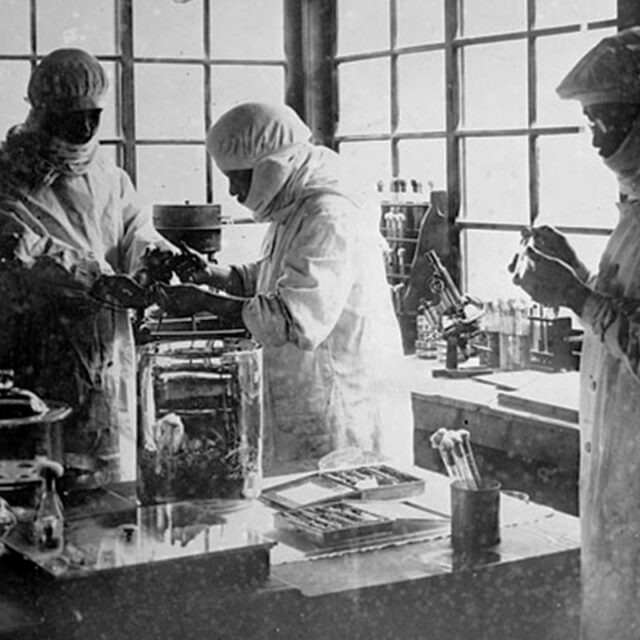
Vào cuối Chiến tranh thế giới thứ hai, Đơn vị 731 đã lên kế hoạch triển khai các phi công cảm tử để truyền bá bệnh dịch hạch khắp San Diego, California, với nhiệm vụ được mệnh danh là Chiến dịch Hoa anh đào vào ban đêm. Nó đã bị hủy bỏ sau vụ đánh bom nguyên tử ở Hiroshima và Nagasaki.
Ngay trước khi Nhật Bản đầu hàng, cơ sở Anda đã bị phá hủy và tất cả tù nhân bị hành quyết để che giấu bằng chứng về các thí nghiệm diễn ra ở đó. Trong khi các nhà khoa học của Đơn vị 731 bị lực lượng Liên Xô bắt giữ phải chịu trách nhiệm về tội ác chiến tranh của họ, thì những người bị Hoa Kỳ giam giữ lại được bí mật miễn trừ để đổi lấy nghiên cứu của họ.
Các tài liệu và thông tin được đưa về Fort Detrick, Maryland. Vẫn còn hoạt động, nó đóng vai trò là trung tâm chương trình vũ khí sinh học của đất nước trong giai đoạn 1943-1969, ở đỉnh điểm của Chiến tranh Lạnh.
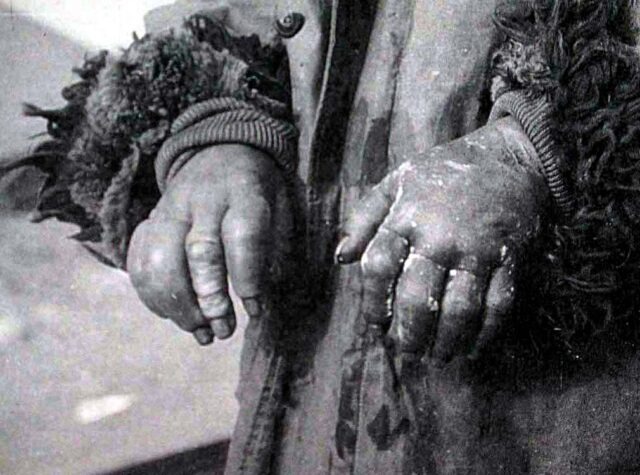
Trao đổi với tờ South China Morning Post, nhóm nghiên cứu cho biết việc phát hiện ra boongke Anda “làm nổi bật di sản tàn bạo đang diễn ra của Đơn vị 731 và tác động của chúng đối với những nỗ lực toàn cầu nhằm ngăn chặn chiến tranh sinh học”. Năm 2002, Tòa án quận Tokyo phán quyết rằng Nhật Bản đã tiến hành chiến tranh sinh học trong chiến tranh, dẫn đến nhiều vụ sát hại.
Thông tin thêm từ chúng tôi: Nếu bạn đã từng muốn sở hữu một ngọn hải đăng, đó có thể là ngày may mắn của bạn!
Hầm trú ẩn được phát hiện nhờ nỗ lực của Viện Di tích Văn hóa và Khảo cổ học tỉnh Hắc Long Giang. Nhóm dự định tiếp tục khai quật địa điểm này với hy vọng thu thập thêm thông tin.
